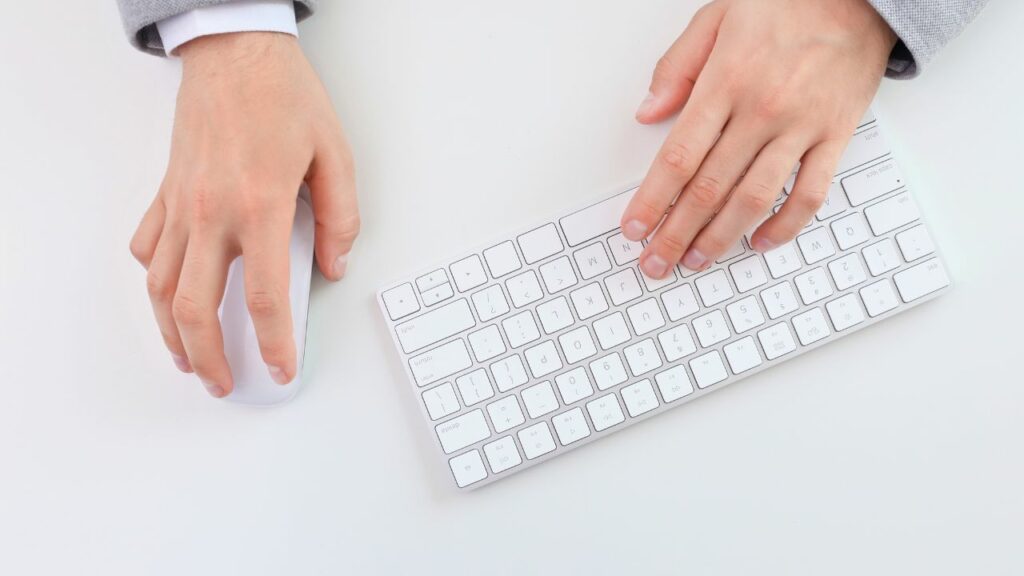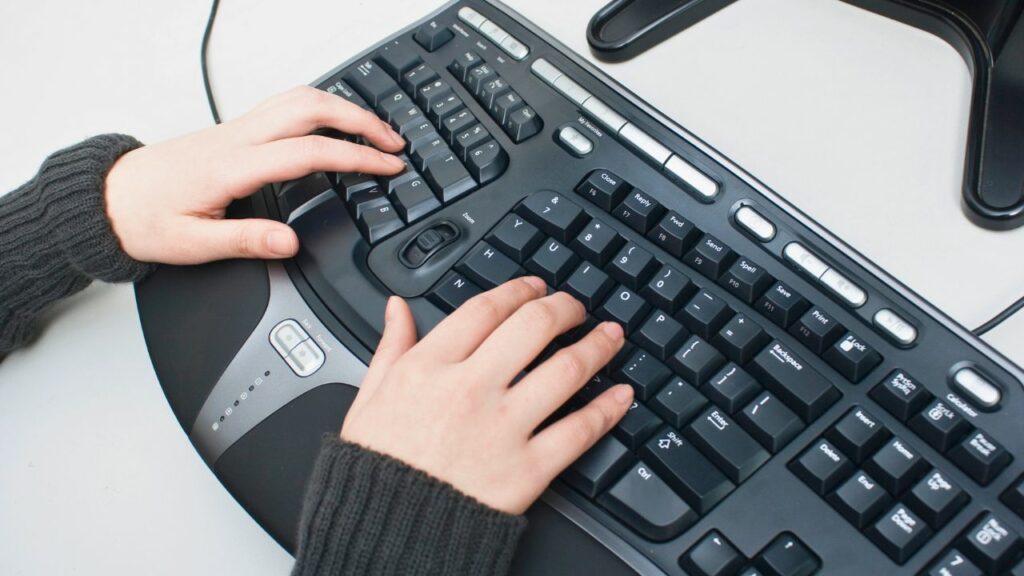
Crafting code isn’t just about your skillset or the programming language you use; it’s also about the tools you employ. One such essential tool is the keyboard. The right keyboard size can make a significant difference in your coding productivity and comfort.
Popular Keyboard Sizes and Their Features
60% Keyboards
60% keyboards have gained popularity for their compact size, making them a favorite among programmers who value desk space or often work on the go. Despite their size, they can be customized for your needs, like programming arrows, page up/down, home, and end keys clustered around the function key. [image]
One limitation is their lack of dedicated home/end, arrow, and function keys, which some programmers find indispensable. For more on 60% keyboards, check out this comprehensive guide.
Tenkeyless (TKL) Keyboards
TKL keyboards omit the numpad, striking a balance between functionality and portability. They’re often the top choice for programmers. Offering full-size functionality minus the numpad, they free up desk space while still providing home/end, arrow, and function keys. For some top TKL options, check out this article.
Full-Size Keyboards
Full-size keyboards come with a full set of keys, including a numpad and media keys. They also sport a 108-key layout, offering other keys above the numpad, enhancing functionality.
40%-60% Keyboards
For those favoring customization, 40%-60% keyboards present a great choice. Despite their compact size, their programmability means you can tailor them to your needs.
65%-75% Keyboards
These keyboards strike an excellent balance between comfort and space savings, especially for those who travel. They’re more expansive than a 60% keyboard, offering additional keys like dedicated arrow keys and a few function keys.
Customizing Keyboard Layouts for Programming
Home/End, Arrow Keys, and Function Key Clustering
Navigation in text editors and terminals can be simplified by assigning Home to the left arrow key, End to the right arrow key, Page Up to the up arrow key, and Page Down to the down arrow key on a separate layer. This clustering around the function key can be particularly useful in compact keyboards.
HHKB Layout for Enhanced Navigation and Copy/Paste
The Happy Hacking Keyboard (HHKB) layout, known for its flipped win/alt keys, allows for easy navigation past entire words and simplifies copy/paste operations.
108 Key Layout for Additional Media and Function Keys
With the 108-key layout, you get media and other keys above the 10key. This layout provides a broader range of functionality for programmers who need more than the standard keys.
Escape and Tilde Keys, Split Backspace
The Escape and tilde (~) keys are valuable for programmers, and having a split backspace is often considered essential. This setup allows you to have a smaller backspace and a dedicated key for the tilde (~) and back tick (`), both of which are widely used in programming.
Linux and Windows User Considerations (43-Key Keyboards)
For Linux users who don’t need number keys, 43-key keyboards might suffice. These are less suitable for Windows users due to the operating system’s reliance on number keys for many commands.
Best Keyboard Size for Programming: Ergonomics and Comfort
Ergonomic Keyboards for Reducing Strain

For those who breathe code and live for those long programming marathons, comfort isn’t just a luxury – it’s a necessity. Enter ergonomic keyboards. Designed with your well-being in mind, they keep your hands and wrists feeling natural and relaxed, acting as a first line of defense against repetitive strain injuries (RSIs) and other coding-related aches and pains.
The Importance of Palm Rests for Comfort
To further promote comfort during extended coding sessions, consider a keyboard with a comfortable palm rest. Palm rests provide support to your wrists, reducing the strain that can lead to discomfort or injury.
Adjusting Keyboard Height and Angle
The keyboard’s height and angle can also affect comfort. Adjustable keyboards allow you to find the perfect position for your hands, reducing strain and improving typing efficiency.
Types of Keyboards

Split Keyboards
Split keyboards divide the key layout into two or more sections, letting your hands sit at a more natural angle. These keyboards can reduce stress on the hands and wrists during extended programming sessions.
Mechanical Keyboards
Mechanical keyboards offer tactile feedback and a satisfying “click” sound. They come in various switch types, allowing for customization of key feel and sound.
Membrane Keyboards
Membrane keyboards are quieter and typically less expensive than mechanical keyboards. They use a rubber dome under each key to register keystrokes.
Wireless Keyboards
Wireless keyboards offer freedom from cables, promoting a cleaner desk setup. They’re ideal if you prefer a minimalist workspace or need to move your keyboard around regularly.
Popular Keyboard Layouts
QWERTY Layout
The QWERTY layout is the most common keyboard layout. It was designed in the early days of typewriters and has become the standard for most keyboards today.
Dvorak Layout
The Dvorak layout was designed to increase typing efficiency by placing the most commonly used keys under your fingers on the “home row.” While it has a steeper learning curve than QWERTY, some programmers prefer it for its potential speed and efficiency benefits.
Making the Choice: Factors to Consider
Personal Preferences and Work Habits
Your coding habits and personal preferences are central to your keyboard choice. If you often use certain keys or combinations, consider a keyboard that facilitates this.
Space Constraints and Portability
If desk space or portability is a priority, smaller keyboards like 60% or TKL might be the best fit. Consider what you need in terms of key functionality and balance that against the size of the keyboard.
Type and Layout of Keyboard
Consider whether you prefer a mechanical, membrane, or wireless keyboard. Also, look at different layouts, such as QWERTY or Dvorak, and see which one fits your typing style best.
Budget and Price Range
Keyboards come in a wide range of prices, so it’s crucial to consider your budget. While high-end mechanical keyboards can be quite expensive, they often provide a superior typing experience and can be a worthwhile investment.
Conclusion
Finding the right keyboard size and layout for programming is like fitting a piece of a puzzle. It’s a deeply personal decision that can turbocharge your coding efficiency and comfort. Whether you yearn for a full-size keyboard equipped with every feature under the sun, or a compact, customizable 60% keyboard, there’s a perfect match out there waiting for you. Just remember, ergonomics and comfort aren’t optional extras – they’re prerequisites for any keyboard that’s going to see you through those coding marathons.
So experiment, explore, and find the keyboard that makes your programming journey more enjoyable and efficient. Happy coding!